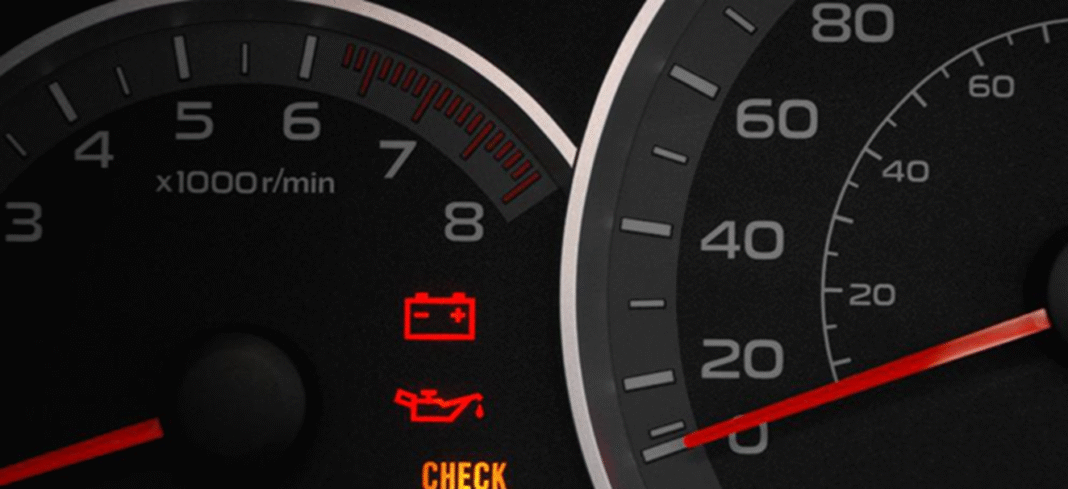Key Takeaways:
- Understanding dashboard warning lights is crucial for your safety and vehicle’s lifespan.
- Color codes indicate the severity and urgency of warnings.
- Red means immediate attention; amber/orange signals less urgent but necessary action; green/blue are for information.
- Timely response to these signals helps prevent costly repairs and dangerous situations.
- Routine maintenance and inspections reduce the likelihood of warning lights appearing.
Table of Contents:
- Color Codes: Interpreting the Urgency
- Common Red Warning Lights and Their Meanings
- Common Amber Warning Lights and Their Meanings
- The Risks of Ignoring Warning Lights
- Proactive Measures for Vehicle Maintenance
Today’s vehicles are equipped with an array of dashboard warning lights that are vital in alerting drivers to crucial information about their vehicle’s condition. Successfully interpreting these lights can distinguish between minor inconveniences, costly repairs, or even roadside emergencies. For issues beyond simple DIY checks, consulting a trusted professional like those at ASE-certified auto repair specialists ensures your safety and your car’s health remain a top priority.
Whether you’re an experienced driver or just starting out, a clear understanding of dashboard lights provides peace of mind and keeps you ahead of potentially serious issues.
Color Codes: Interpreting the Urgency
Dashboard warning lights aren’t just random colors—they’re intentionally designed to communicate urgency at a glance. Recognizing what these colors signify is the first step in deciding how quickly you must react.
- Red Lights: These require immediate action. Red dashboard lights typically mean there’s a critical issue such as engine overheating, oil pressure loss, or a malfunctioning brake system. Ignoring these may lead to unsafe driving conditions or severe engine damage. In these cases, it’s best to pull over safely and contact a trusted auto repair shop to diagnose and fix the issue promptly.
- Amber/Orange Lights: Indicate service is needed soon, but the issue isn’t as urgent. While the car remains drivable, scheduling maintenance as soon as possible can prevent the situation from worsening.
- Green/Blue Lights: These are informational. For example, a green symbol might mean your headlights are on, while blue may indicate high beams. No action is necessary, but it’s good to understand what each represents.
Common Red Warning Lights and Their Meanings
Red lights signal to stop, investigate, or at least pull over safely. Here are the most frequent red dashboard lights and what they mean:
Oil Pressure Warning Light
Typically depicted as a vintage oil can, this icon suggests the engine isn’t receiving sufficient oil pressure. Operating the vehicle at this stage can lead to severe engine wear or total failure. If this light comes on while driving, stop as soon as it is safe, check the oil level, and seek professional advice if it remains after topping off.
Engine Temperature Warning Light
The engine temperature light, shaped like a thermometer dipping into liquid, indicates that your car is overheating. Continuing to drive can cause irreversible damage. Pull over, turn off the engine, and only check coolant levels after the engine cools to avoid burns or injury.
Brake System Warning Light
Usually portrayed as an exclamation mark within a circle or parentheses, this light can mean several things, from low brake fluid to a hydraulic system problem or the parking brake is engaged. Given the direct impact on your ability to stop safely, this warning should never be ignored.
Common Amber Warning Lights and Their Meanings
Amber lights are a cautionary heads-up. While immediate danger isn’t present, prompt attention matters.
Check Engine Light
One of the most recognized dashboard signals, this looks like an engine outline or says “CHECK ENGINE.” It may indicate anything from a loose gas cap to more severe engine or emission issues. A diagnostic check will pinpoint the cause, so never ignore it for extended periods.
ABS Warning Light
This light, represented by the letters “ABS,” signals a potential flaw in your vehicle’s anti-lock braking system. While your regular brakes will still work, ABS’s extra safety may be offline. Scheduling a repair ensures continued safe driving, especially in slick conditions.
Tire Pressure Monitoring System (TPMS) Light
This warning flag, shown as an exclamation point inside what looks like a tire cross-section, indicates low tire pressure. Underinflated tires reduce fuel efficiency and can affect handling, especially during emergency maneuvers. Inflate to the recommended levels and inspect for leaks.
The Risks of Ignoring Warning Lights
Postponing action on dashboard lights can result in a snowball effect where simple fixes spiral into larger, expensive problems.
- Costly Repairs: Ignoring a simple warning today may become a failed component tomorrow, requiring extensive repairs or full part replacements.
- Safety Hazards: Overlooking brake or oil warnings can lead to mechanical failures, loss of control, and in worst cases, accidents or engine seizures.
- Reduced Vehicle Lifespan: Chronic neglect of warning signals speeds up wear and reduces your car’s reliable service life.
Proactive Measures for Vehicle Maintenance
Staying ahead of warning lights starts with good habits:
- Routine Inspections: Regularly check motor oil, coolant, tire pressure, and brake conditions. Many issues are easier and cheaper to resolve before they trigger a dashboard alert.
- Scheduled Servicing: Always follow your vehicle manufacturer’s maintenance schedule, which is designed to catch problems before they become emergencies.
- Immediate Response: If a warning light appears, address the root issue immediately. Quick intervention maintains vehicle health and prevents safety risks.
By monitoring your dashboard closely and acting quickly on warning lights, you’ll help extend the life of your vehicle, save money, and — most importantly — keep you and everyone on the road safer.


